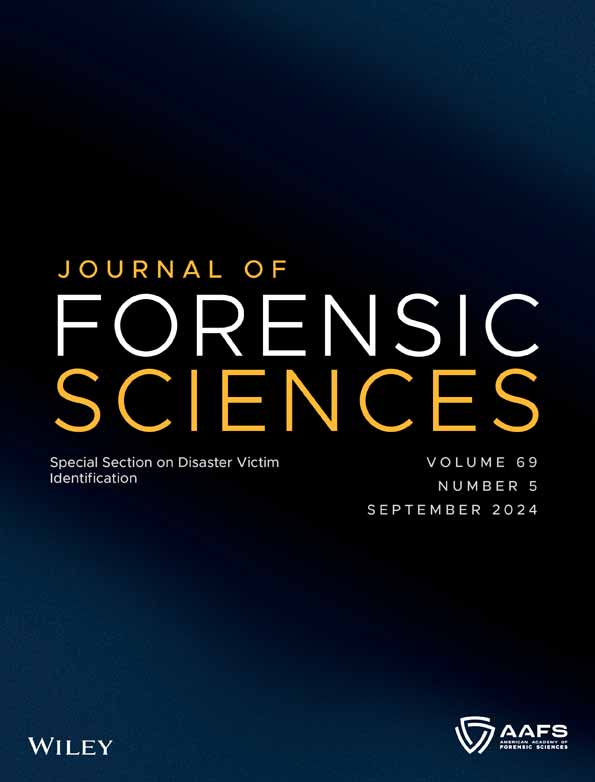Analysis of automotive paint layers on plastic substrates using chemical imaging μ-FTIR and O-PTIR microspectroscopy
Presented in part at the 75th Annual Scientific Conference of the American Academy of Forensic Sciences, February 13–18, 2023, in Orlando, FL.
Abstract
Automobile paint chips are a crucial piece of trace evidence for forensic investigators. This is because automotive paints are composed of multiple layers, including the primer, basecoat, and clearcoat, each of which has its own chemical composition that can vary by vehicle make, model, year, and manufacturing plant. Thus, Fourier-transform infrared (FTIR) spectral databases for automobile paint systems have been established to aid law enforcement in, for example, narrowing search parameters for a suspect's vehicle. Recently, car manufacturers have implemented primers on plastic substrates that are much thinner (~5 μm) than those on metal substrates, making it more difficult to manually separate for analyses. Here, we evaluated FTIR microspectroscopy (μ-FTIR) and optical photothermal infrared spectroscopy (O-PTIR) to chemically image cross sections of paint chips without manually separating the layers. For μ-FTIR, transmission and transflection modes provided the highest quality spectra compared to reflection and μ-ATR analyses. Point analysis was preferable to chemical imaging, as peaks were identified in the point (MCT) detector's lower spectral range that was below the imaging (FPA) detector's cutoff, such as those associated with titanium dioxide. Reduced spectral range can lead to a similar issue in O-PTIR analyses depending on instrument configuration. However, its complementary Raman spectra showed strong titanium dioxide peaks, providing an alternate means of identification. Both techniques are likely to become more relevant as they are non-destructive and avoid manual separation of the layers. O-PTIR is particularly well-suited for analysis of the thin primer layer due to its superior spatial resolution.
CONFLICT OF INTEREST STATEMENT
The authors have no disclaimers or conflicts of interest to report for this work.




